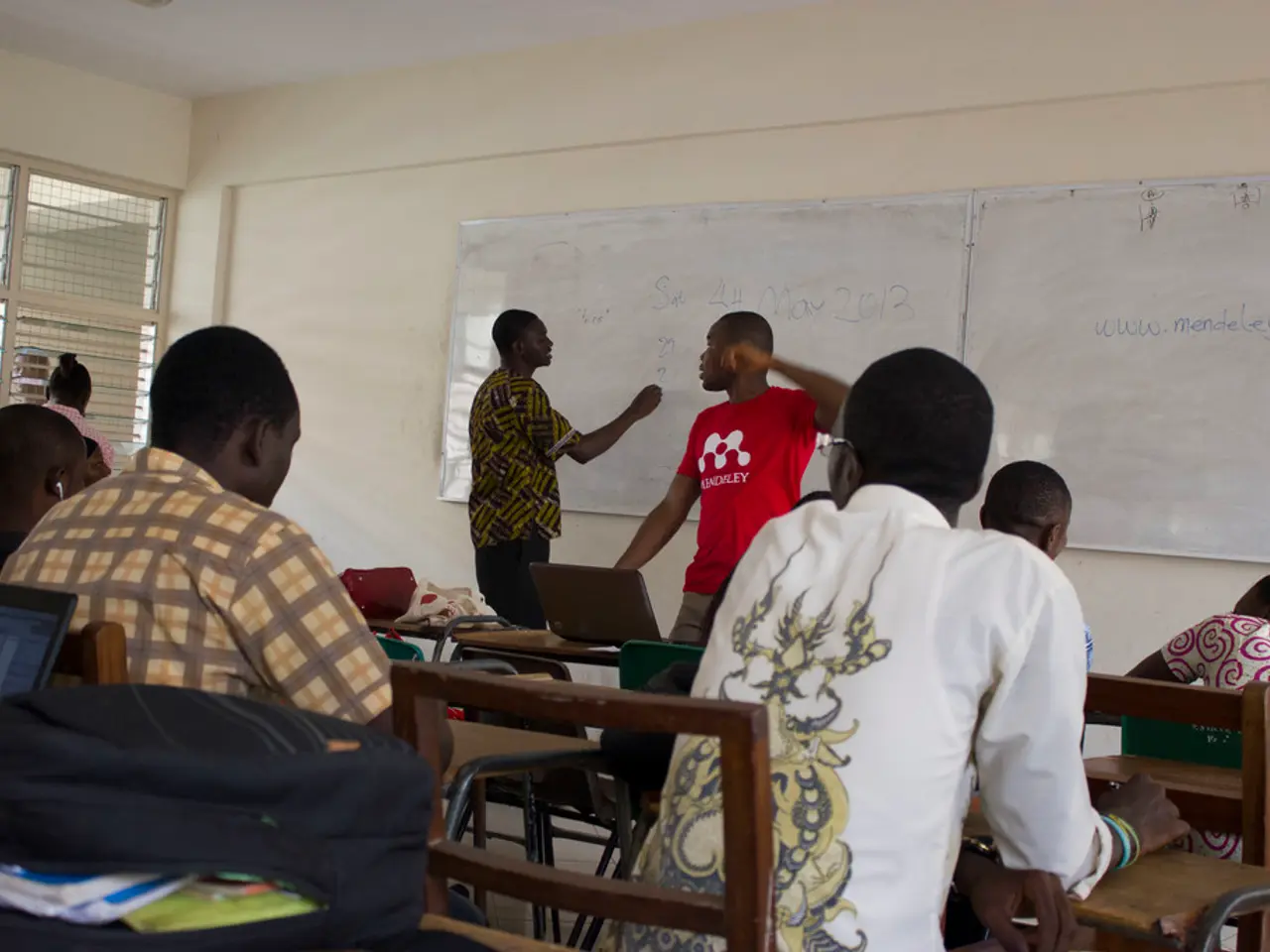Strategies for Instructing and Adapting Educational Approaches in Heterogeneous Learning Environments
Transforming Classrooms with Differentiated Instruction Techniques
In the realm of education, a shift is underway towards more personalized, inclusive, and engaging learning experiences. This evolution is driven by the integration of advanced educational technologies and innovative pedagogical strategies, collectively known as differentiated instruction (DI) techniques.
At the heart of these trends are AI-enhanced personalized learning platforms. Schools are increasingly adopting integrated learning management systems that use artificial intelligence to tailor curriculum delivery in real-time according to each student's learning style, readiness, and needs. These platforms combine curriculum, assessment, data analytics, and personalization cohesively, making differentiation scalable within whole classrooms.
Teacher education programs are also focusing on equipping educators with the skills to adapt content, procedures, and learning outcomes based on student profiles. Comprehensive teacher training in differentiation fosters inclusive classrooms where learners feel safe to explore their abilities and take academic risks. Teachers are trained to employ differentiated approaches that incorporate readiness, interests, and learning profiles while maintaining curricular coherence.
To meet diverse learning styles, teachers are encouraged to present content through varied modalities such as animated videos, infographics, educational games, and interactive guides. EdTech tools including AI-driven assessments that adjust dynamically to student responses, gamified learning activities, and collaborative digital platforms are becoming central in classrooms. These technologies facilitate peer learning, provide instant feedback, and offer scaffolding tailored to individual student progress and challenges, reinforcing differentiated instruction principles.
Virtual reality and augmented reality are emerging as tools to create experiential learning opportunities that accommodate different learning preferences, enhance accessibility, and deepen understanding—shifting away from traditional lecture-based methods towards immersive, multisensory experiences that support differentiation.
The focus on equity and inclusion is paramount in DI. Differentiated instruction is increasingly viewed as essential for culturally responsive teaching, helping diverse and multicultural classrooms adjust to varied learner needs while minimizing achievement gaps. This involves fostering flexible, learner-friendly environments that value each student's background and learning profile.
Assessing student progress in a differentiated environment can be challenging. Developing appropriate assessment tools is necessary to gauge student growth over time, offering a clear indicator of the success of differentiated instruction techniques. Professional development for teachers on differentiated instruction is vital, with workshops and training programs providing practical knowledge and hands-on experience.
Collaborative learning communities further bolster professional development by creating networks of support among educators. Regular feedback sessions with students provide insights into their learning experiences, enabling teachers to refine their strategies. Successful implementation of differentiated instruction techniques has been documented in various educational settings, resulting in improved academic performance and student satisfaction.
However, challenges remain. The time constraint is a significant challenge in implementing differentiated instruction, requiring extensive preparation and continuous adaptation of lessons. Classroom management can be difficult when catering to different student needs simultaneously, potentially disrupting lesson flow and creating imbalances in group dynamics. Some students may resist differentiated instruction, leading to frustration and disengagement.
Despite these challenges, the benefits of differentiated instruction are undeniable. By catering to each student's unique needs, DI enhances student engagement, creating an inclusive environment that motivates learners. Examples of technological tools that facilitate differentiated instruction techniques include Learning Management Systems (LMS), adaptive learning software, and interactive tools like digital simulations and virtual labs. These techniques include flexible grouping, modifying content, and incorporating varied assessments.
In conclusion, the future of education lies in the fusion of artificial intelligence and adaptive EdTech with a strong pedagogical foundation emphasizing flexibility, inclusivity, and multimodal instructional strategies. This transformation is not only reshaping teacher training but also redefining classroom practices, enabling more effective and scalable differentiated instruction tailored to learners’ unique needs.
- To ensure the success of differentiated instruction techniques, it's essential for teacher training programs to focus on equipping educators with skills for adapting content, procedures, and learning outcomes based on student profiles, fostering personal growth by creating safe, inclusive classrooms that cater to diverse learning styles.
- In the realm of education, emerging technologies like AI-enhanced learning platforms, virtual reality, and augmented reality are playing a crucial role in enhancing learning experiences by providing personalized and accessible learning opportunities that align with each student's learning preferences and profiles.
- For continued success in implementing differentiated instruction techniques, educators need to actively engage in professional development, collaborate with colleagues, and assess student progress through appropriate tools, adapting their strategies regularly to meet the unique needs of their students for effective personal-growth and education-and-self-development.




